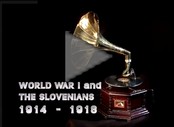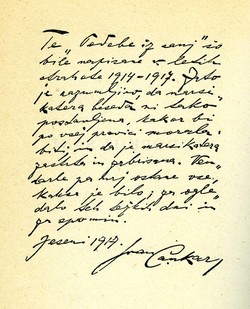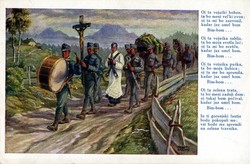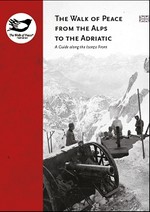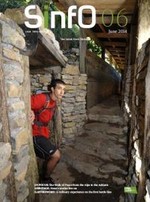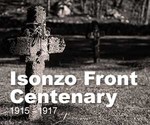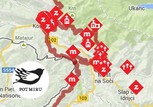Art
The World War destructively impacted the spiritual world and shattered the faith in human values and the world of the past. It left important traces in European and Slovenian art as well. In muddy trenches, filled with death and suffering, generations of survived soldiers sharpened their views of life.
Among the masses of mobilized soldiers, forced to leave their homes and march in regiments to the battlefields, there were many artists. In Tyrol fell a soldier of the 17th Infantry Regiment, the poet and painter Jože Cvelbar, and died also sculptor Anton Štefic and Julij Fornbacher. Among many painters and sculptors learning the military way of life were Božidar Jakac, Veno Pilon, Avgust Černigoj, France Kralj, Hinko Smrekar, Ivan Napotnik, Ivan Čargo, France Pavlovec, Franc Košar, Ante Trstenjak, Josip Urbanija and many others. Some of them also spent time as prisoners and left us small testimonies of great artistic and historical value.
Already in the beginning of the War, Austria-Hungary established a huge war propaganda bureau, also including various artists: from writers and painters to photographers. One of the official painters of the Isonzo Front was Ivan Vavpotič, author of numerous scenes from military lives, postcards and symbolic images of the Carniolan John (Kranjski Janez), crucified Slovenian soldier, describing the suffering of Slovenian soldiers and indirectly of the whole nation. In addition to Ivan Vavpotič, there were many painters, such as Maksim Gaspari, Hinko Smrekar and Anton Koželj who lent their drawings to postcards. Their original propaganda intention was often lost in melancholic images of soldiers saying their farewells to their families, wives and children. Perhaps that was where the popularity of the Slovenian postcards from the series War in Pictures lay.
The painter Fran Tratnik left us a legacy of fine arts pieces from the war depicting tragic images of refugees. In the barracks in Judenburg, a sculpture of a soldier of the 17th Infantry Regiment was designed by the sculptor Svetoslav Peruzzi and finished by Lojze Dolinar. In the halls of the Judenburg barracks France Kralj often met Ivan Cankar, who left his war impressions in his book Podobe iz Sanj (Images from Dreams). France Kralj was not the only one inspired in his later fine arts work by ‘the horrors of the Fajti Hrib offensive' and the 'eternal glaciers’ of the Alpine battlefields. During the War, his artistic talents were put to use to illustrate one of the many illustrated magazines.
The direct influence of the War can be seen in the post-war Expressionism and its characteristic motifs. The painting and sculpture of the 1920’s and 1930’s evidently portray many scenes which can be ascribed to war-time experiences. Many soldiers of different nationalities fought in the Isonzo (Soča) Front and today we are discovering the fragments of cultural-historical heritage, left behind by various European painters.
The literary heritage from the ‘years of horror’ also demonstrates the destructive influence of the War on the life in the 20th century. Many architectural monuments with rich decorations in Posočje where the battles of the Isonzo were fought were direct victims of the maelstrom of war.
Marko Štepec, M.A., National Museum of Contemporary History
